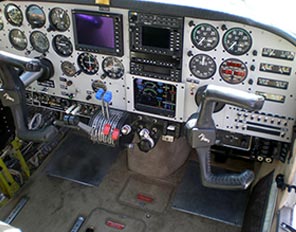I’ve been flying for 30 years and never experienced a hiccup from an airplane engine while airborne. That changed a few minutes into a recent flight. This story can’t rival a sudden engine stoppage and forced landing—it’s a story of an engine that seemed on its way to quitting—but I hope it provides some useful lessons.












